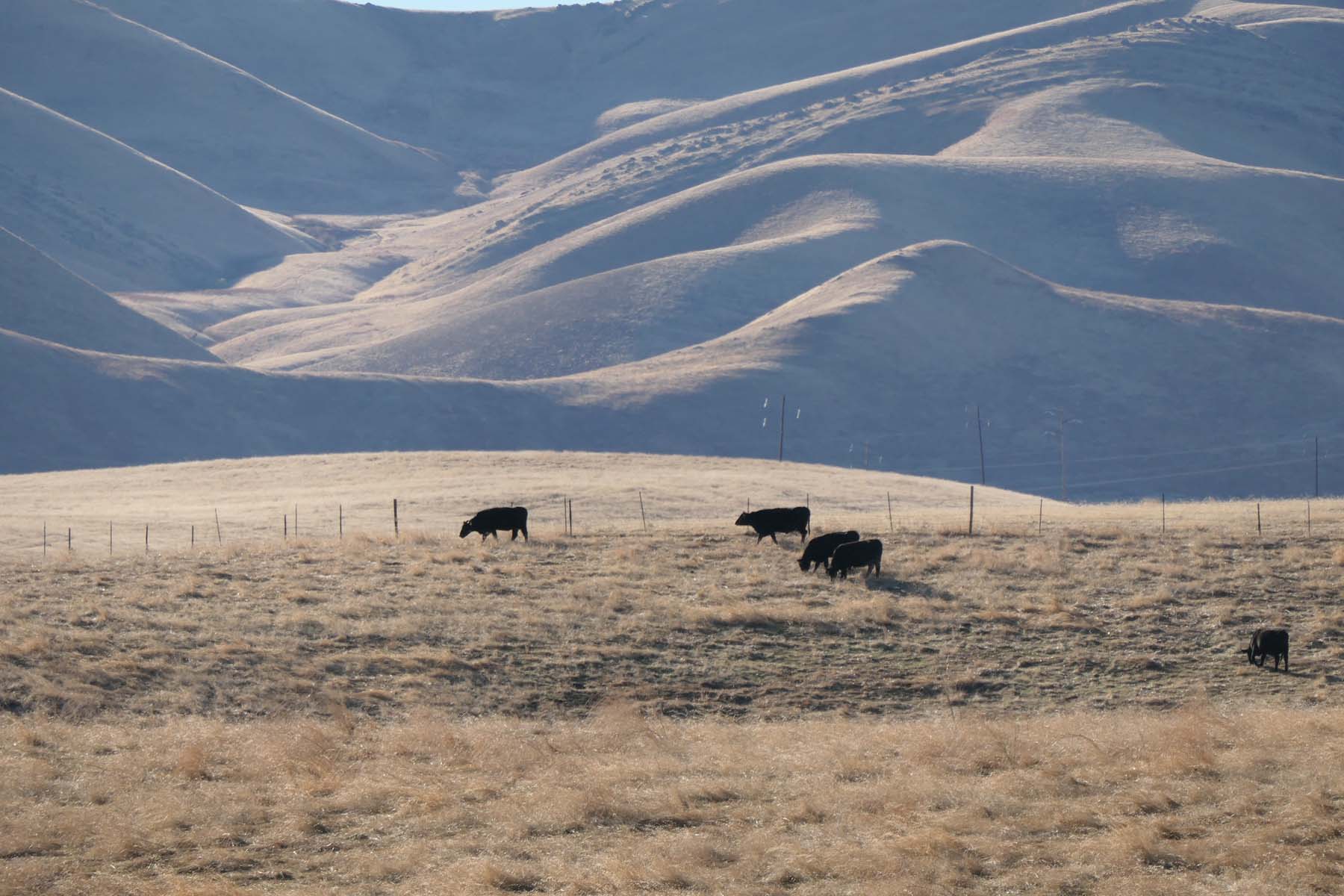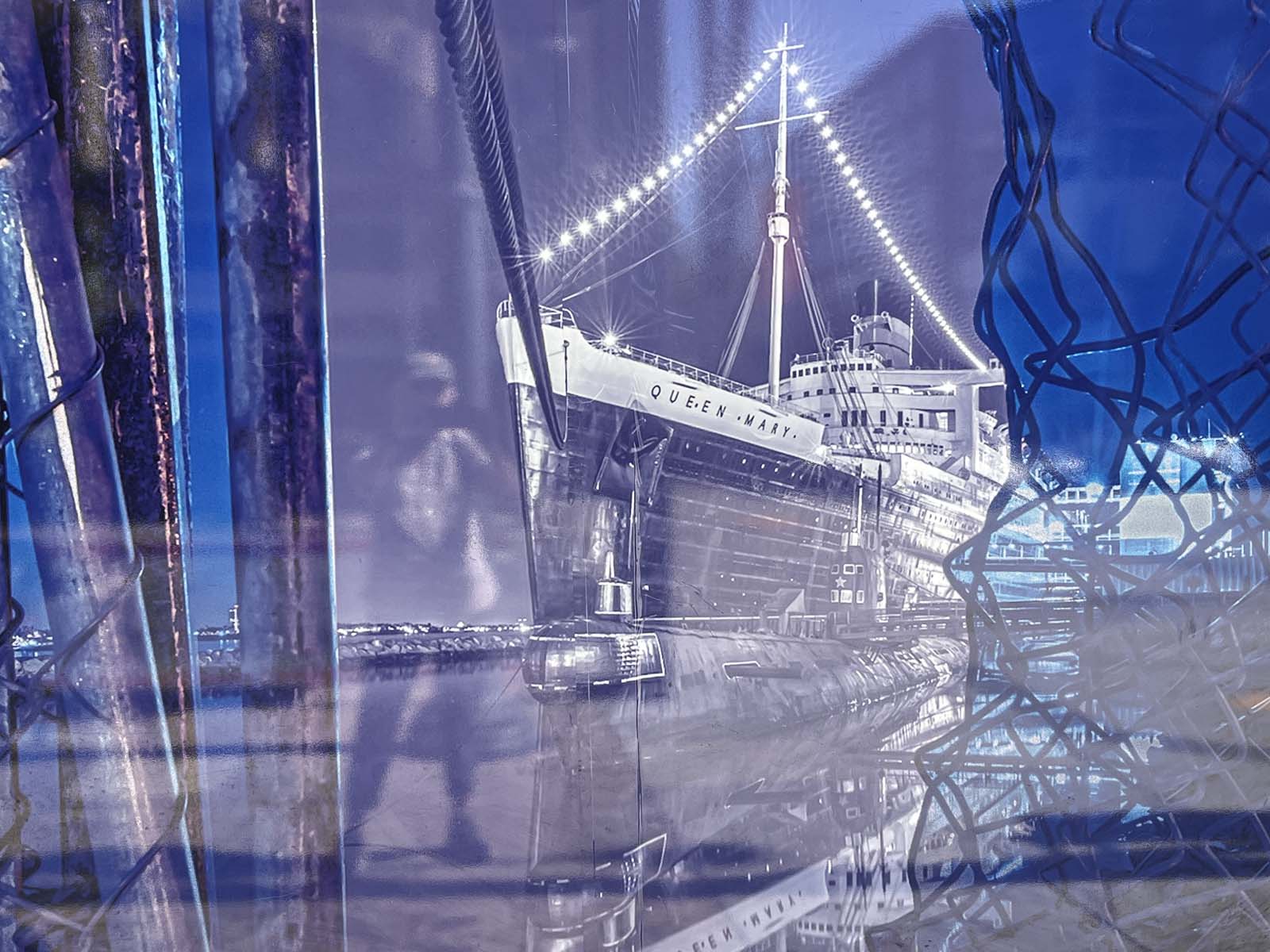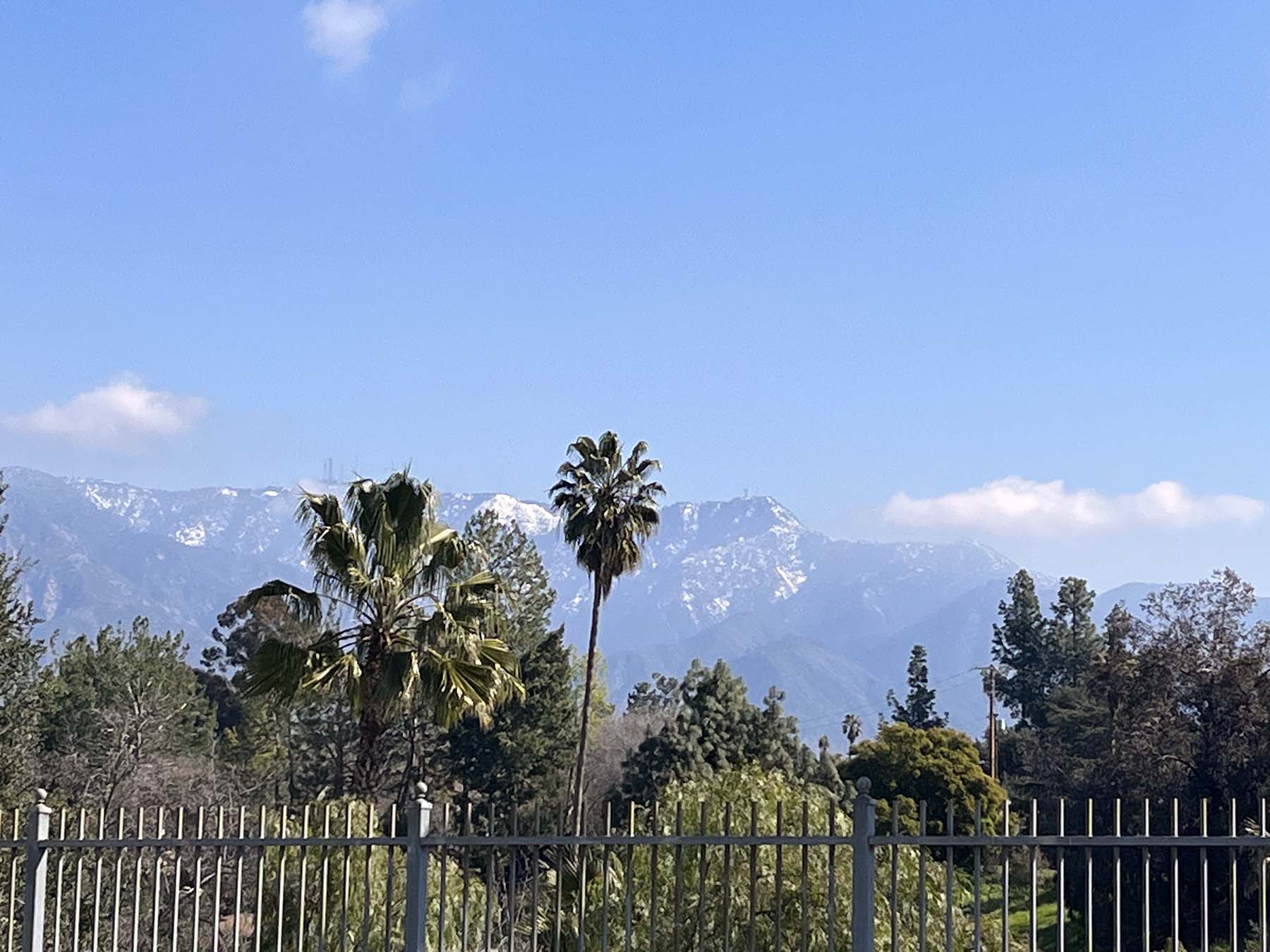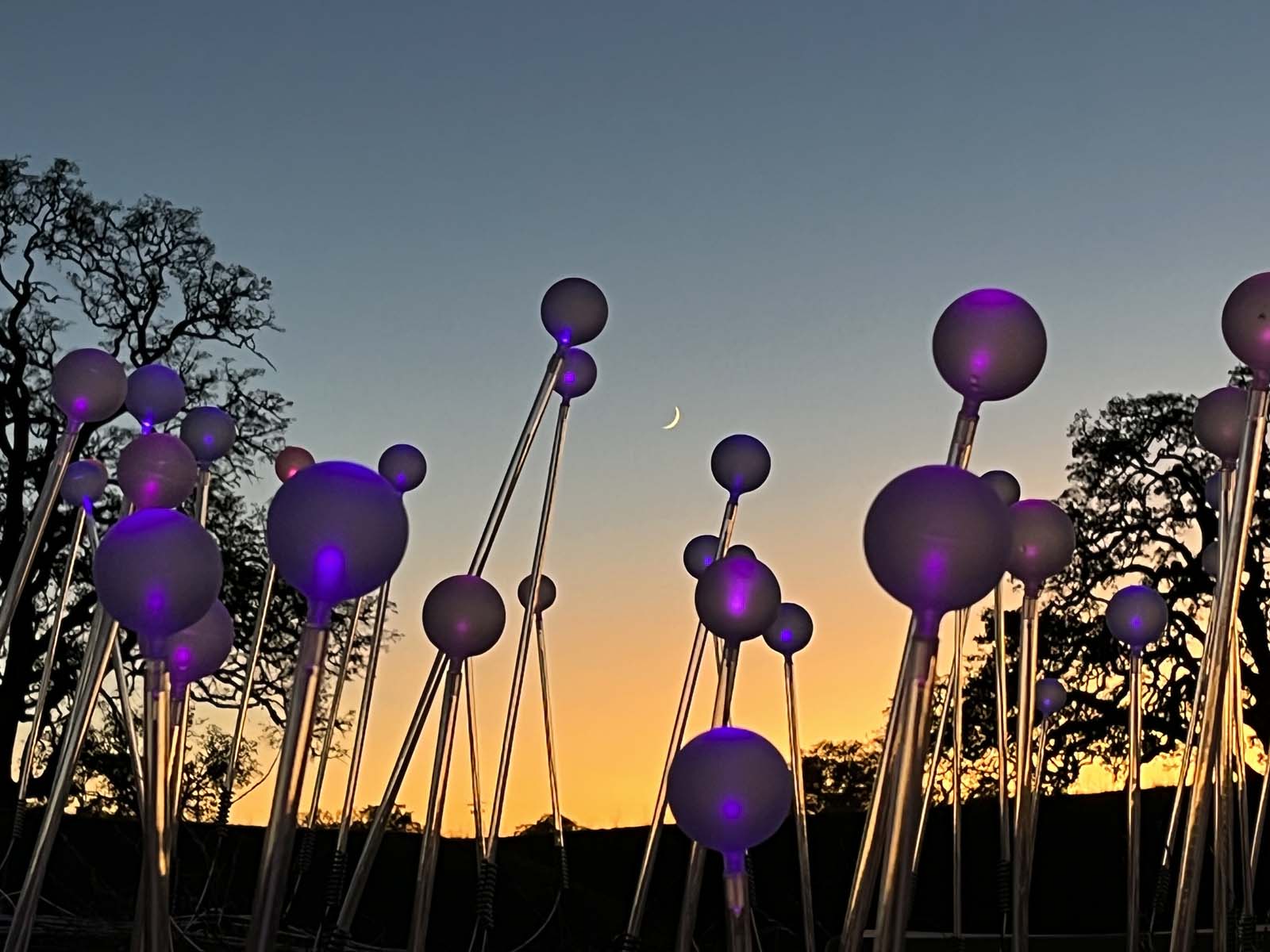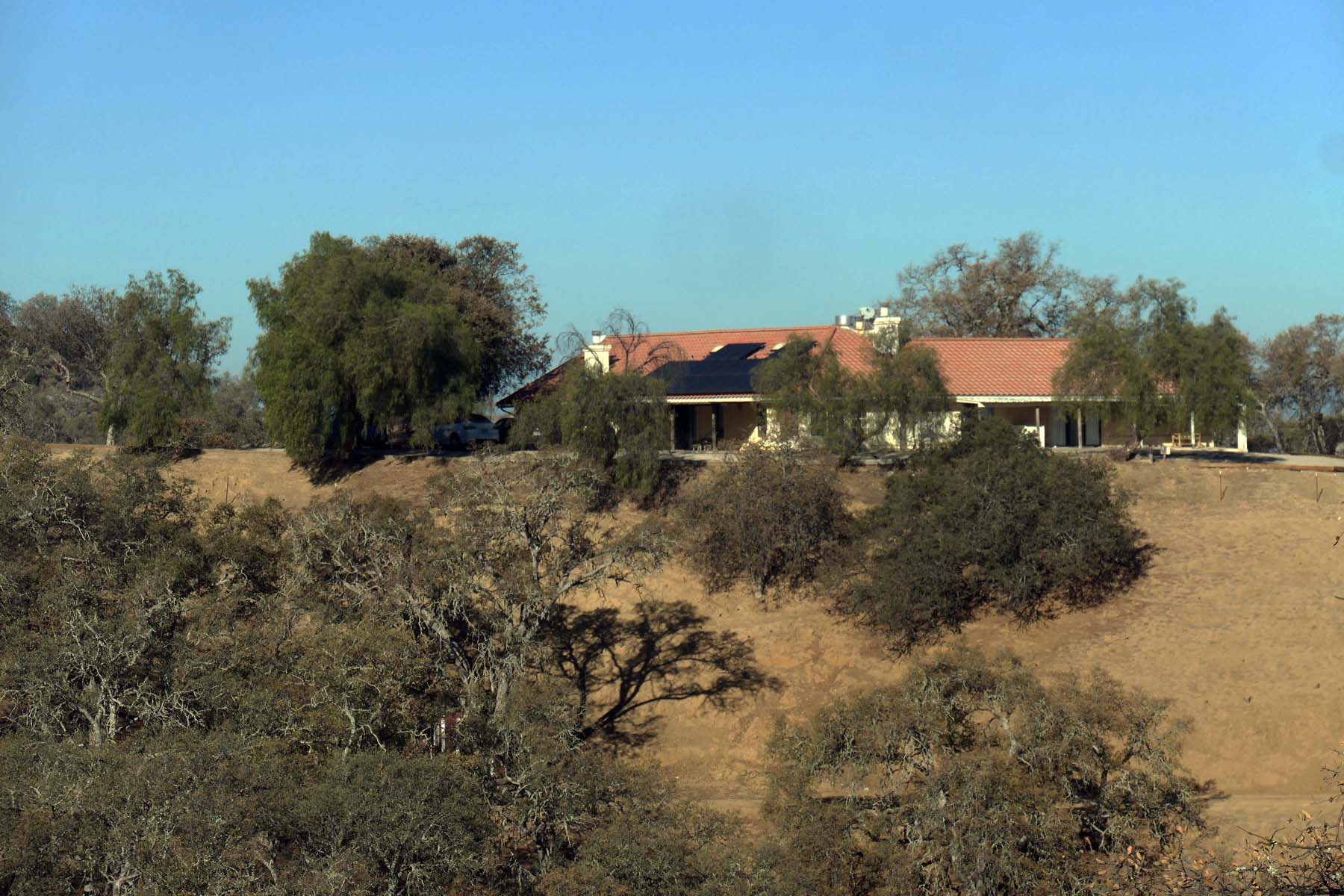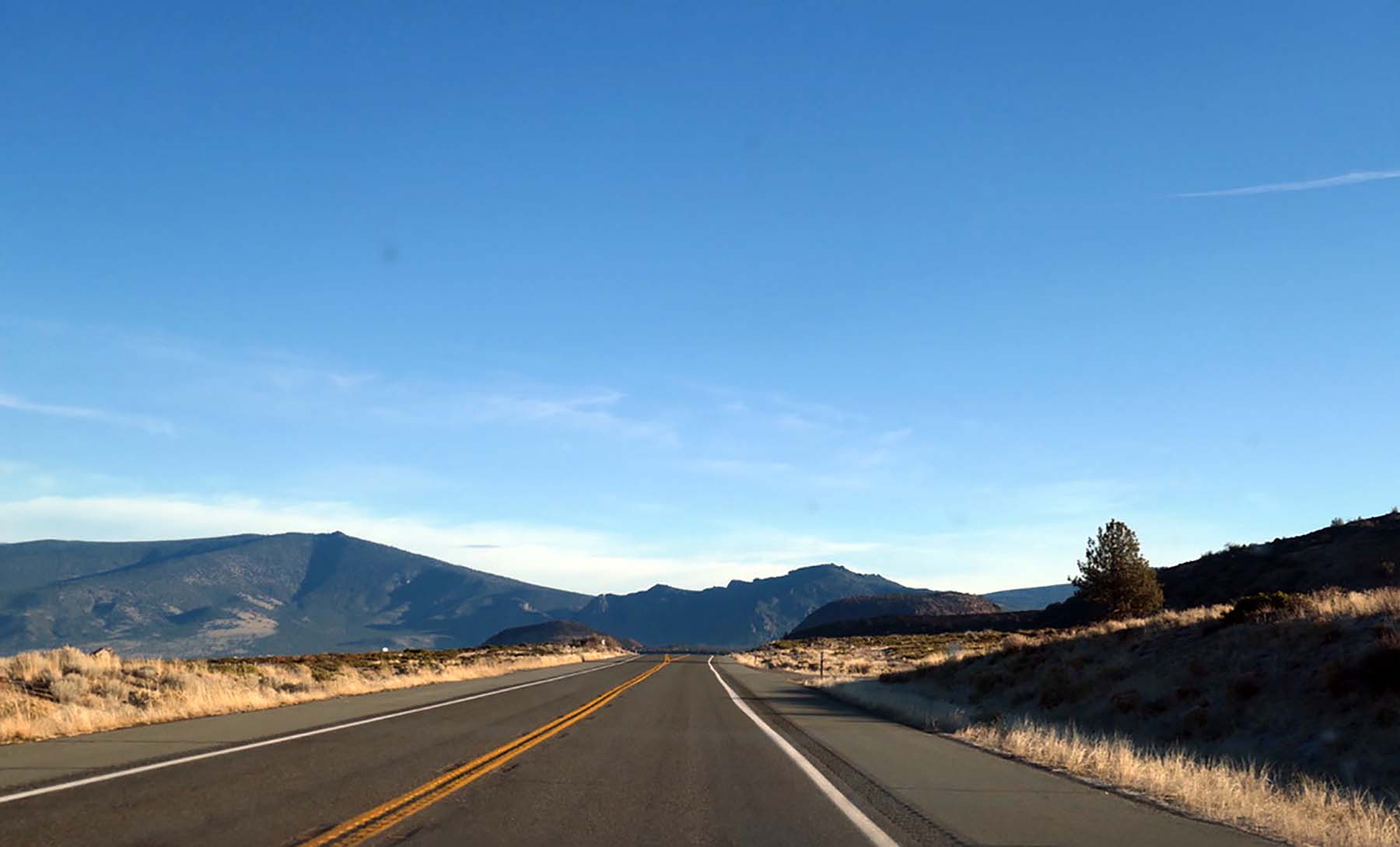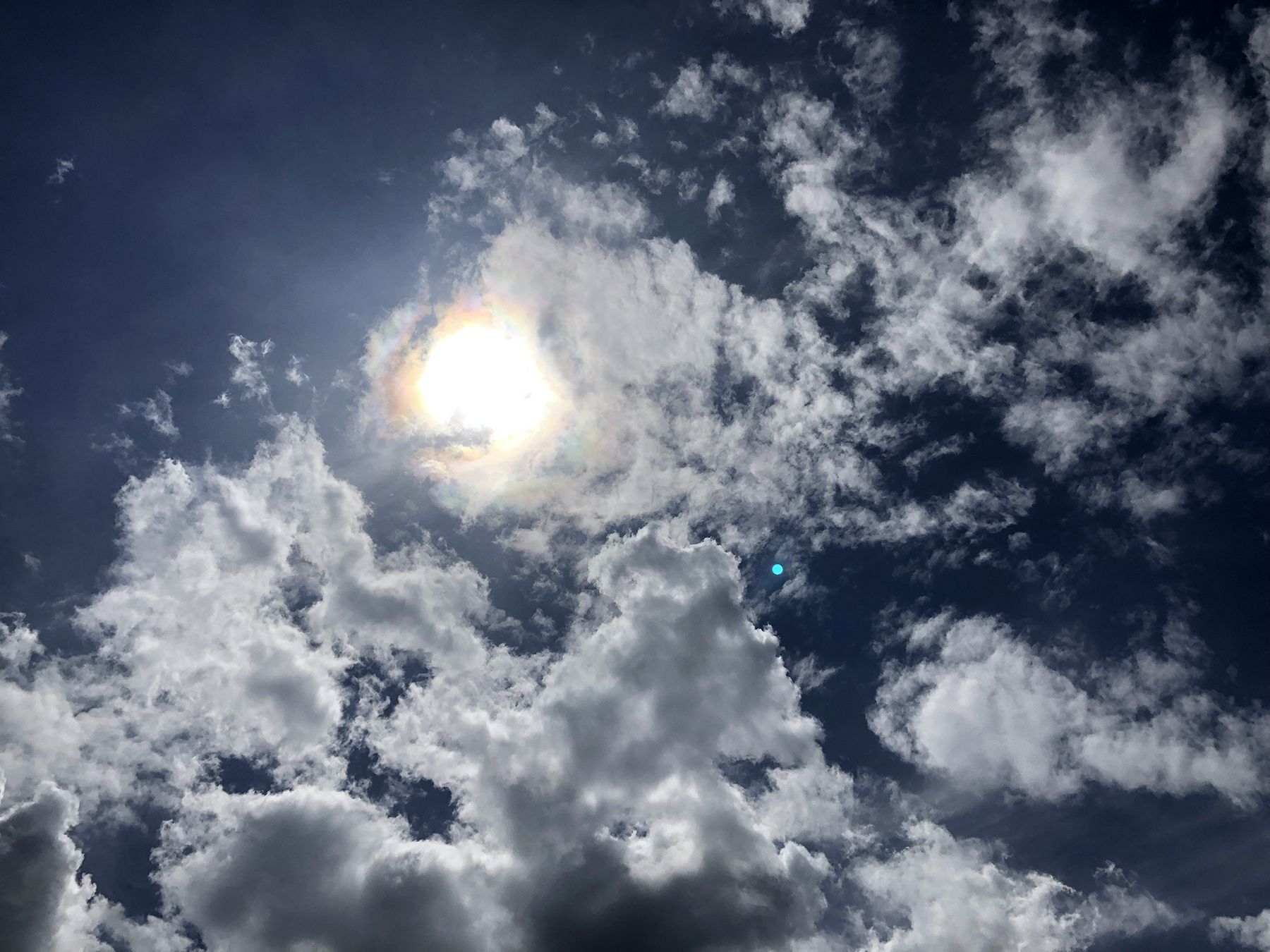I had never been to Point Reyes before. Driving back home from L.A., it seemed a worthwhile destination. The road up to the landmark lighthouse winds through endless, bare headlands occasionally interrupted by dairy farms. Cows dot the windy landscape, as do black-tailed deer. The peninsula, part of the Salinian Block transported north by the Andreas Fault, was once part of the Tehachapi Mountains, located 350 miles to the south. Since 1962, the region is a National Seashore Park, with some of the land leased back to ranching operations that coexist with tourists flocking to the landmarks and beaches.





I was there on a clear day, able to photograph the light house without having to climb down and then up again the 300 or so steps – during the usual dense fog, you are apparently unable to see it from the top of the stairs. According to a sign at the small visitor center, it is celebrating its 125th birthday. Its construction must have been a mind-boggling task.




Point Reyes juts out about ten miles (16 km) into the ocean, and the views of the Pacific and the long-stretched beaches are awe-inspiring. I did not see elephant seals, known to appear on those shores, but plenty of cormorants huddling on little rock islands, and ravens finding shelter against the wind.




A few cypress trees on the way up to the top are testimony to the force of the wind and nature’s resilience – look at the angle at which they continue to survive.


Resilience was also on my mind when looking at the concrete dome built into the granite rocks adjacent to the foot path. It is part of an elaborate water collection system, since there are no natural springs on the Point. The dome covers a cylindrical, concrete cistern that catches rain water run-off from the hillsides and natural rock formations. By true coincidence, I had just read a fascinating science report on how the Pantheon in Rome was built, the largest unreinforced concrete dome in the world. It has been indestructible since 126 AD, while more modern concrete structures crumble all around us. MIT researchers recently solved the mystery of little white aggregates suffusing the cement, long believed to be impurities sustained during the cement mixing process: they are a form of quicklime that ancient engineers intentionally added to the cement mix, enabling it to heal itself, blocking tiny cracks that could develop into large fissures, which would eventually burst the structure.
“As soon as tiny cracks start to form within the concrete, they can preferentially travel through the high-surface-area lime clasts. This material can then react with water, creating a calcium-saturated solution, which can recrystallize as calcium carbonate and quickly fill the crack, or react with pozzolanic materials to further strengthen the composite material. These reactions take place spontaneously and therefore automatically heal the cracks before they spread.”
Adopting ancient technological knowledge would not only provide for more durable structures. As it turns out, their way of mixing the ingredients required half of the temperatures currently used to produce ordinary cement. IF we could apply this approach commercially, we could reduce greenhouse gas emissions of this process by about 70 % – a huge number, if you consider that cement is one of the most used substances in the world and responsible for 8% of all greenhouse gas emissions globally.

Dome over the Point Reyes cistern.
Resilience: Maybe we could all be tiny white lime casts in the fraying societal fabric around us, healing small cracks before they become agents of complete destruction. Individual acts of resilience or resistance to malign forces accumulating to stabilization of the whole. Believing in the wisdom of ancient creators rather than chasing the modern technology at all cost, as a start.
A woman can dream.


Point Reyes, as it turns out, is also an intermittent rescue location for lost birds. As I learned here, some birds, know as vagrants, get deviated during migration and seek shelter on land far from their usual routes. Scientists have revised their early assumptions that these birds are disoriented, flying into random directions. Instead, they seem to be misoriented, consistently oriented, but in the wrong (mirror image) orientation.
“The result of mirror-image misorientation is that, if a species’ normal route is, say, 40 degrees east of due south, the misoriented individuals orient 40 degrees west of due south and keep going, eventually reaching the coast of California.
But mirror-image misorientation does not affect birds in a uniform manner; otherwise, the tendency would have been eliminated by natural selection. Rather, experts have concluded, it works in tandem with wind drift, a second critical influence on vagrancy in California. If northeasterly winds occur just when a misoriented bird sets off, this individual will be blown in a southwesterly direction and, rather than making a course correction, the bird simply continues. “

Some of these birds will continue South and never make it to their location, eventually becoming exhausted, drowning in the ocean. But some species, palm warblers, white-throated sparrows, and swamp sparrows, have established wintering populations in Northern California. So there is testimony to resilience as well – given a bit of luck with external circumstances, you might survive being different from the norm required by migration coordinates, eventually flourishing in newly established patterns. Another lesson to take to heart, I suppose, in the coming storms pushing us adrift. Just stay out of the way of the hawks on high.

Mozart to the rescue…. here is his Requiem in D-Minor.
And speaking of catastrophic storms: As I had promised, here is my first link to an occasional long read, an essay by Yale historian Timothy Snyder that pulls no punches about a twice impeached, adjudicated rapist, business fraud and felon, who is above the law in this country.
































